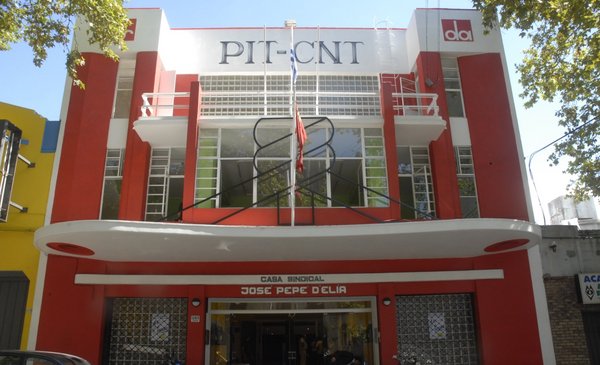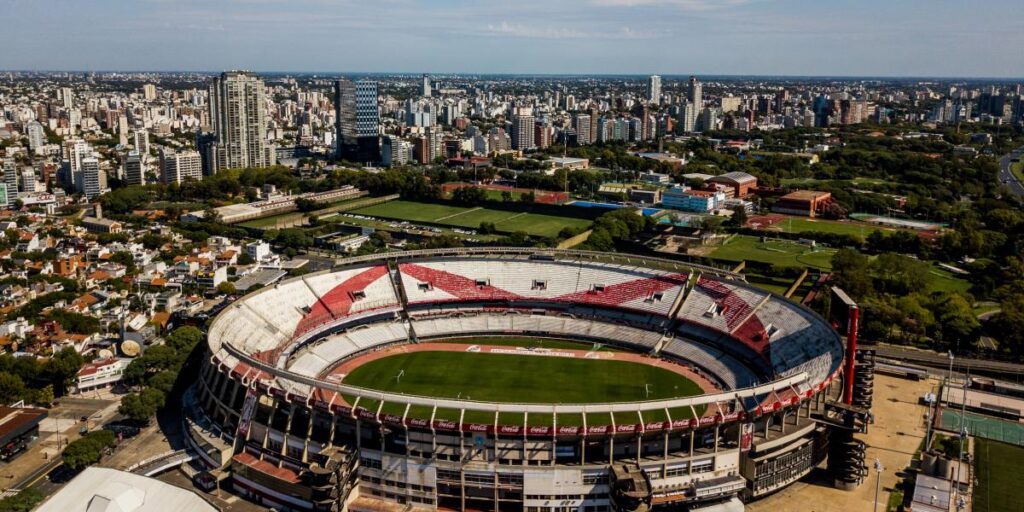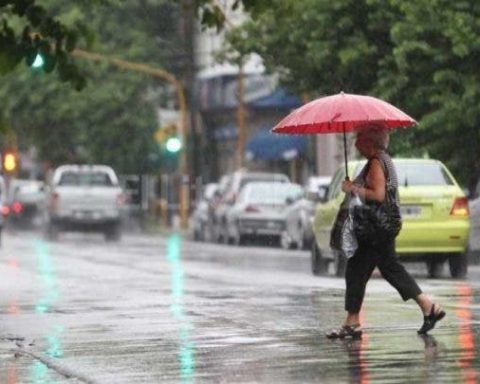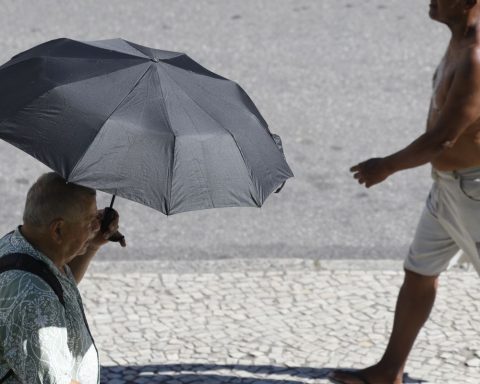In the last two years hehe fall in the purchasing power of wages was “widespread”both for workers in the private sector and for those in the public sector, although “somewhat more intense” in the first case, says the report published by the Cuesta Duarte Institute corresponding to the fourth quarter of last year.
During this period, the private average real wage fell by 3.6%, while in the case of the average real wage of public workers the reduction was 2.1% (concentrated in 2021).
Cuesta Duarte Institute
The 2022 projections
For the case of average private salarythe report takes into account the adjustment percentages agreed upon in the Ninth Round of Salary Councils within the different sectors of activity; and knowing that approximately half of the negotiating tables established percentages around the guidelines of the Executive Power and the other half higher percentages of increase.
It is also taken into account that about 50% of workers will have corrections for inflation as of June 30, 2022in the event that actual inflation exceeds the percentages for estimated inflation incorporated in the salary adjustments for the period, “which seems quite likely,” says Cuesta Duarte.
Finally, consider the inflation projection for 2022which according to the median of the expectations survey surveyed by the Central Bank, currently stands at 7%.
Based on the explicit assumptions, a recovery of the average real salary of 0.6%with which less than a fifth of the 3.1% lost in the previous biennium (2020-2021) would be recovered.
Within the private sector, the average salary index would have a variation of the order of 8% in the course of 2022, with a real recovery of 0.9%.
For state workers, the variation is estimated in the order of 7%, which is the general percentage of adjustment decreed in the month of January. That includes projected inflation for the coming year (5.8%), plus a component of partial recovery of purchasing power lost in 2021, in this case 1.2%, according to the criteria established in the National Budget Law for officials of the Central Administration.
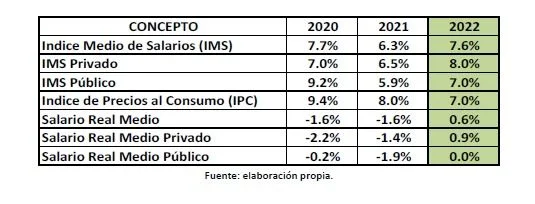
Cuesta Duarte Institute
“We must underline that said evolution critically depends on the path followed by actual inflation, which is a variable subject to a high degree of uncertainty, both because it depends on external factors, such as seasonal factors and others of political discretion,” says the report.
“In order to comply with the government commitment to fully recover the purchasing power of wages over the course of the current five-year government, the real wage should noticeably accelerate its growth rate from the year 2023”, he adds.
2023 is “more uncertain”
According to the PIT-CNT, for that year the evolution “it is much more uncertain”, because it is not known what the adjustment for public workers will be in January of the year. And secondly, because the private salary will depend in the second semester on the negotiation of the Tenth Round of the Salary Councils. The guidelines are not known and neither are the corrective measures that will be applied on June 30, since in some cases they are subject to the evolution of sectoral employment. To this is added the projections of inflation that are “more uncertain” when “it is estimated further in time”.
Retirement and pensions
Another part of the report recalls that the evolution of the average salary in the last two years led to the drop in purchasing power of pensions and pensions. The adjustments received for these benefits were 7.7% and 6.2% in January 2021 and 2022, respectively, while the inflation of the year prior to each adjustment was 9.4% and 8% in each case. Here the full report.
